
The Spanish Galgo is a medium-size hound dog breed from Spain with a short, smooth or rough coat and a narrow, lanky build. Also known as the Spanish greyhound, these dogs closely resemble the more common English greyhound dog breed—likely a relative of them. Galgos are athletic, with good swiftness and endurance. But they don’t require an excessive amount of exercise and are typically calm in the house. They can make for very gentle and loving companions.
Group: Hound
Height: 23.5 to 26.5 inches (female), 24.5 to 27.5 inches (male)
Weight: 50 to 55 pounds (female), 60 to 65 pounds (male)
Coat: Short, smooth or rough
Coat Color: Can be any color; usually fawn, brindle, black, chestnut, cinnamon, red, or white with/without white markings
Life Span: 12 to 15 years
Temperament: Friendly, calm, even-tempered
Hypoallergenic: No
Origin: Spain
The Galgo generally has a laid-back personality and is friendly with people, including children. Galgos also typically get along with other dogs and sometimes cats, but they might view smaller animals as prey. A moderate energy level also helps to shape this breed’s temperament, making it a good dog for those who like to be active but also curl up on the couch.
The Spanish Galgo can trace its ancestors thousands of years back, potentially to ancient African, Asian, and European sighthound breeds. Images of these types of dogs have been documented in Spain since around the 10th century.
They were highly prized for their hunting abilities, making the dogs a favorite among the nobility. Ancient Spanish artwork also depicts Galgos hunting with their owners. The Galgo is even mentioned in the famous Spanish novel “Don Quixote.”
Spanish Galgos remain rare around the world today. The United Kennel Club first recognized the Galgo in 2006. The American Kennel Club does not yet recognize the breed.
Meet a Galgo's exercise needs each day, and it usually will be an easygoing household companion. Grooming is fairly easy for this dog. And training and socialization should ideally begin at a young age.
Plan to spend at least one to two hours each day exercising your Galgo via long walks, running, hiking, cycling, vigorous games of fetch, and more. Puzzle toys can help your dog burn some mental energy. Dog sports, such as tracking, are a great way to provide mental stimulation and physical activity.
It’s ideal that a Galgo has a securely fenced area where it can run freely at its own speed to burn energy. But avoid letting a Galgo off leash outside in an unfenced area, as its hunting instincts might kick in and cause it to take off chasing perceived prey.
Moreover, the short coat of a Galgo doesn’t provide much protection against cold weather. So consider a dog coat or sweater in the cold, and try to keep outdoor sessions relatively short.
Galgos only require basic grooming. Brush weekly to remove loose fur either with a soft-bristle brush or grooming mitt. You might notice an uptick in shedding in the fall and spring, during which you’ll have to brush more frequently.
Plan on a bath around every month, depending on how dirty your dog gets. Trim your dog’s nails roughly every month as well. And check its ears at least weekly for wax buildup, debris, and irritation. Finally, aim to brush its teeth every day.
It’s best to begin training and socialization when your Galgo is a puppy to instill good manners. Galgos tend to respond well to positive training techniques; harsh corrections can cause this sensitive breed to shut down and refuse to learn. Put some extra focus on recall training, so you’ll ideally be able to call your dog back if it begins to chase perceived prey.
Galgos can be shy and reserved around strangers, though they don’t have a tendency toward aggression. Try to give your dog lots of positive experiences around different people and in various places to help boost its comfort and confidence.
Because Galgos are rare, not much is known about the breed's potential hereditary health issues. But these dogs can be prone to some of the same issues that are also often seen in greyhounds and other sighthounds, including:
Always have fresh water available for your Galgo. Feed it a high-quality canine diet that’s nutritionally balanced. Always discuss both the type of diet and the amount with your vet. It’s typical to feed two measured meals per day. But Galgos can be prone to bloat and potentially life-threatening stomach twisting if they eat too quickly. So you might want to feed smaller, more frequent meals or use a special feeder that slows down their eating. Also, avoid exercising your dog right before and after a meal.
The Spanish Galgo is a rare dog breed, especially in North America. It is difficult to find a reputable breeder, and you likely won’t find a Galgo at a local animal shelter.
There has been much controversy over hunters in Spain abusing Galgos and then leaving them to die once they’re no longer useful. Rescue organizations worldwide have attempted to intervene in this and save the dogs. So it is possible to adopt a Galgo in need through one of these organizations, including:
Typically gentle and loving
Can be a good family pet
Doesn't need a high amount of exercise
High prey drive
Doesn't tolerate cold well
Difficult to find a breeder or rescue group
As with any breed, if you’re interested in the Galgo be sure to do plenty of research to verify that it will fit with your lifestyle. Talk to breed owners, rescue organizations, reputable breeders, and veterinary professionals. Try to spend some time around Galgos, too, if possible.
If you’re interested in similar breeds, check out:
There’s a whole world of potential dog breeds out there—with a little research, you can find the right one to bring home!
The Galgo and greyhound look quite similar at first, and they have comparable temperaments. But the Galgo is generally a little smaller with a less deep chest. And its tail and head are a little longer than a greyhound’s.
The Spanish Galgo isn't a common dog breed to find, especially outside of Spain. But there are rescue organizations that work to save unwanted Galgos from abusive situations, so it’s possible to find a Galgo through one of them.
Well-trained and socialized Spanish Galgos can be excellent family dogs. They are typically even-tempered and patient even around rambunctious kids, though any dog should be monitored around young children.
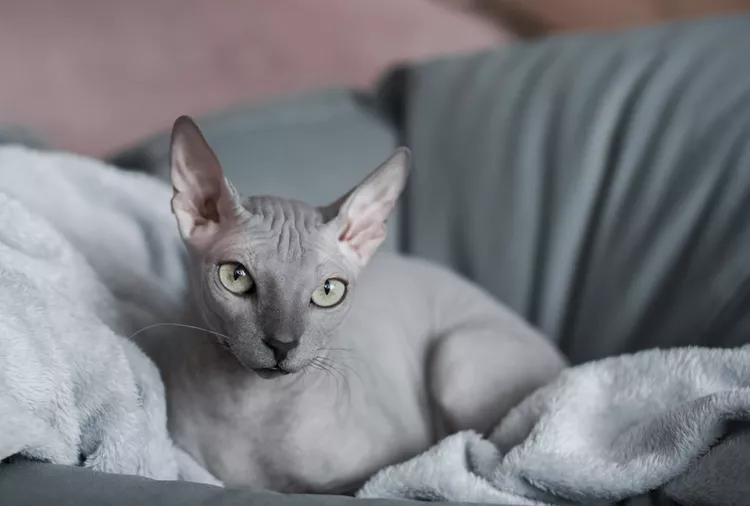
212 Hairless Cat Names For Your Beautifully Bald Feline
Discover the perfect name for your hairless cat with our list of over 200 creative and unique names. From quirky to classic, find a fitting choice for your beautifully bald feline companion.
8 Things Your Cat Loves
Just like humans, cats can have a long list of things they like. Find out what cats love so you can keep your cat happy and healthy.
How to Tell If a Kitten is a Boy or a Girl
If you're wondering whether your new kitten is a boy or a girl, here are three ways to help determine the sex of your cat.
8 Tips to Help Cats Enjoy Car Travel
Cats are creatures of habit, and they hate to travel. Learn tips to prepare them for travel in the car, whether going to the vet or on vacation.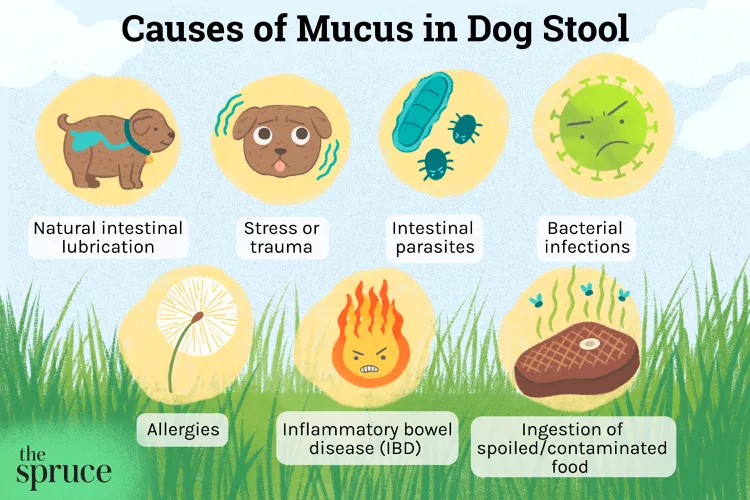
Common Causes of Mucus in Dog Poop
Seeing mucus in your dog's poop can be concerning to a dog owner. Here are common causes and treatment of mucus in a dog's stool.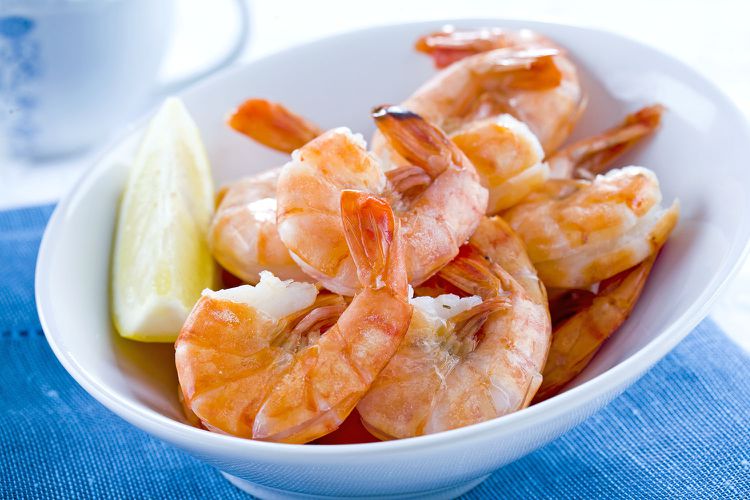
Is Shrimp Bad For Dogs?
Shrimp can be a healthy, nutritional food for people but can dogs eat them, too? What are the main concerns with feeding shrimp to your dog?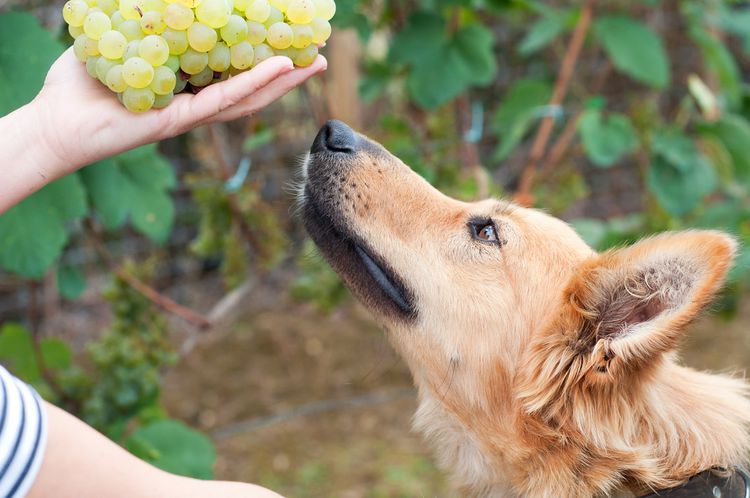
Can Dogs Eat Grapes?
Are grapes safe for dogs? Grapes and raisins can cause serious toxicity in dogs. Find out what to do if your dog eats grapes.
Maine Coon Cat: Breed Profile, Characteristics & Care
The Maine Coon cat is of the largest cat breeds in the world. These amiable, gentle cats make great companions. Learn about the Maine Coon cat breed's appearance, temperament, health, and care needs.
Selkirk Rex: Cat Breed Profile, Characteristics & Care
The Selkirk Rex is a charming cat with a tousled coat and a loving, laid-back personality. Learn about the Selkirk Rex breed.
How to Stop Your Cat From Chewing Electrical Cords
Cats are known to pounce and attack inanimate objects, like electrical cords. Learn how to prevent your cat from ambushing objects that may harm it.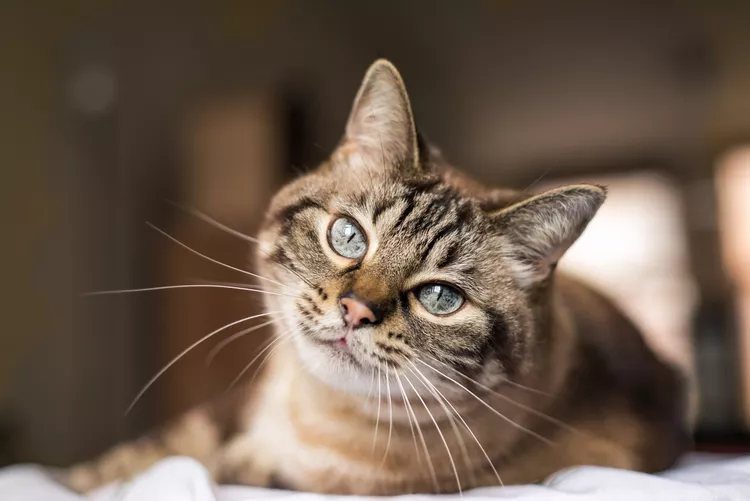
What Do Cats Think About?
Have you ever wondered what cats think about? A number of studies have explored cat behavior and feline cognition, but there's still more to learn.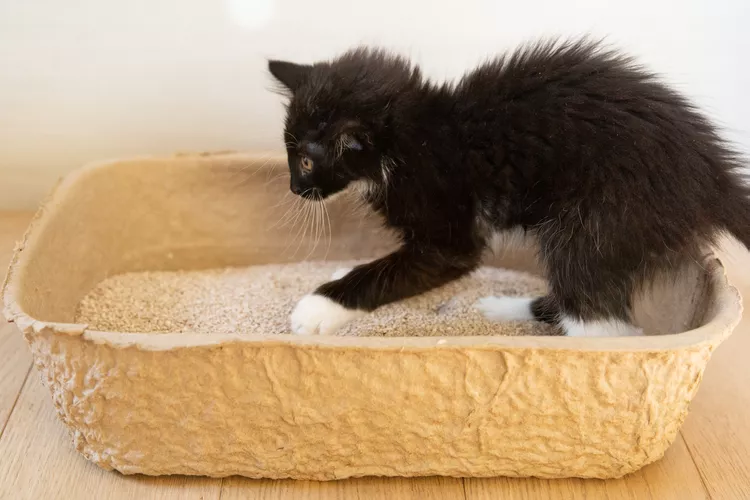
Training Your Kitten to Use the Litter Box
Bringing home a new kitten means they need to learn how to properly use a litter box. Discover how to successfully litter box train your kitten.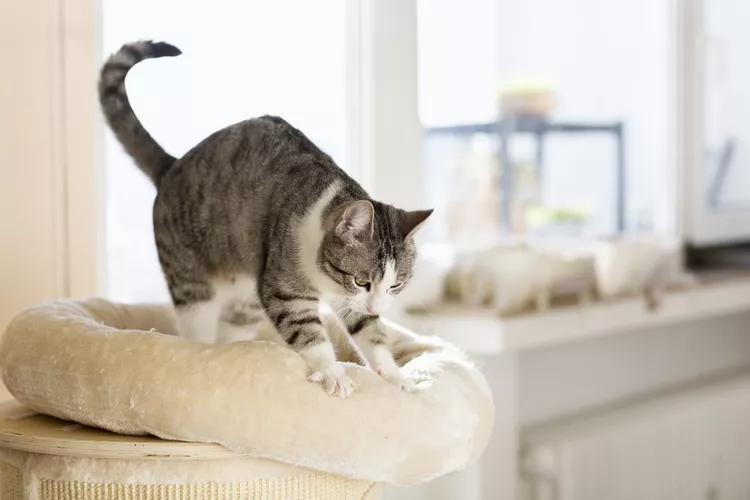
Why Do Cats Knead?
Kneading is a common behavior in cats of all ages. Learn why cats "make biscuits" and what it means for you, your cat, and all your blankets.
Dandie Dinmont Terrier: Dog Breed Characteristics & Care
Learn about the Dandie Dinmont Terrier, a silky dog breed with a signature puff of hair atop its head and a friendly, companionable personality.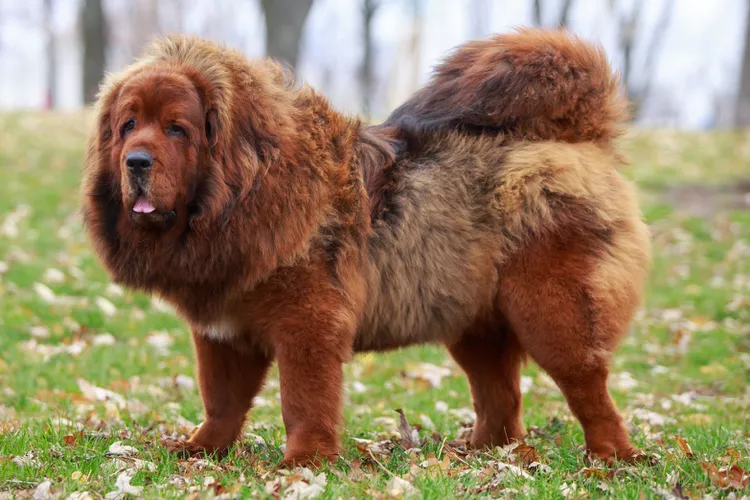
Tibetan Mastiff: Dog Breed Characteristics & Care
Learn about the Tibetan mastiff, an ancient guardian dog breed. This breed is known for their massive stature, flowing mane, and protective personality.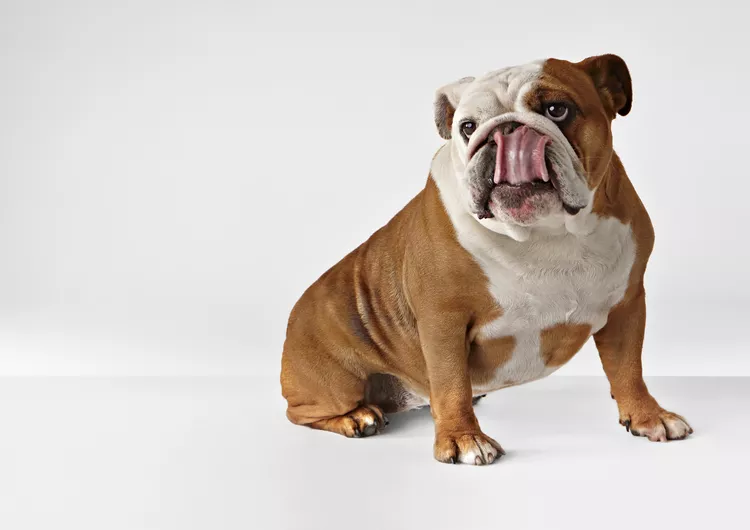
4 Reasons Why Your Dog Licks Their Butt
Butt-licking in dogs can be a part of normal grooming, but excessive butt-licking is not normal. Read about the most common reasons for this behavior.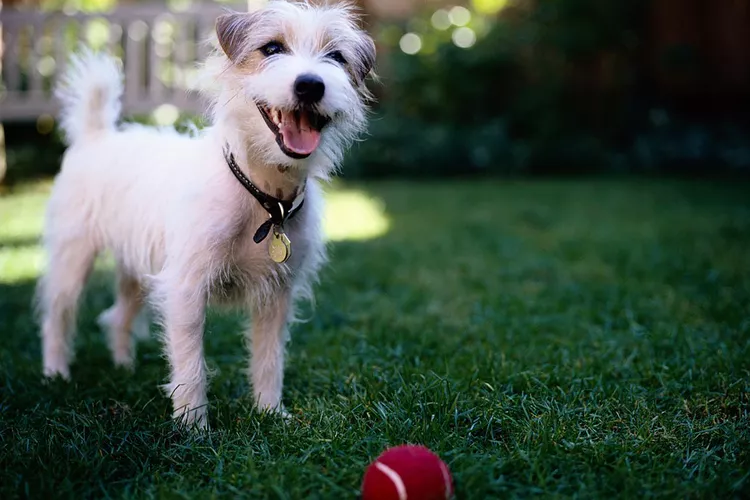
How to Teach Your Dog the "Leave It" Command
Training your dog the "leave it" command is a great way to instill self-control. Learn how to teach your dog to not pick things up from the ground.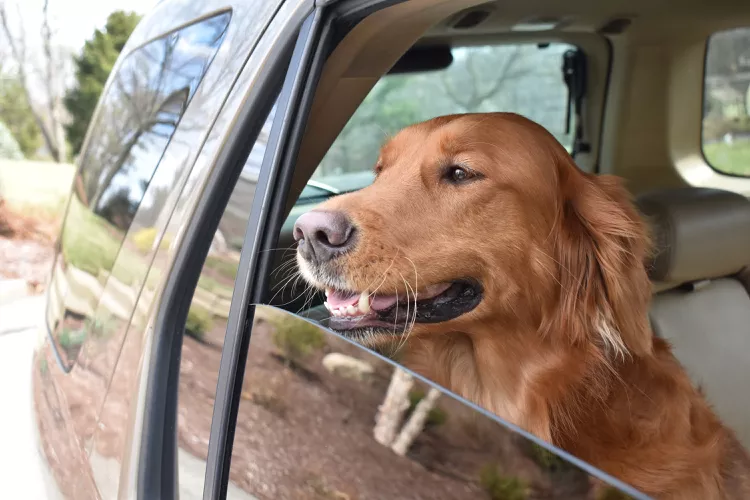
How to Solve Your Dog's Fear of Car Rides
Is your dog scared of car rides? This fear of riding in cars is common. Learn why your dog is scared of car rides and how to help conquer this fear.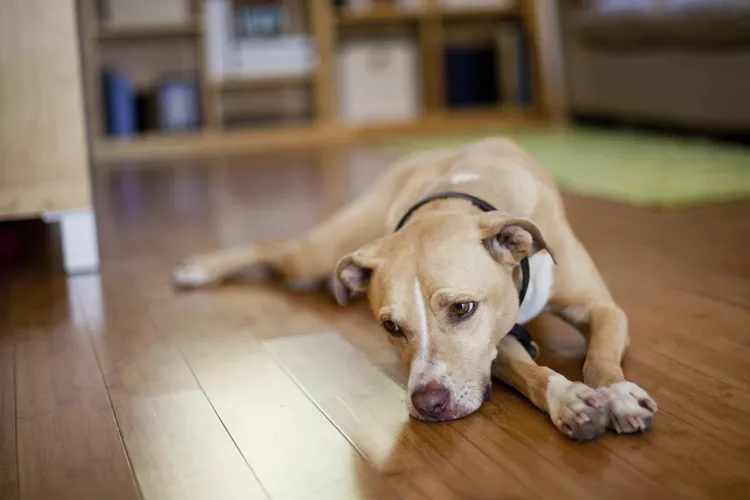
Can Dogs Get Depression? How to Help Your Sad Dog
Can dogs get depression? Learn about the signs of depression in dogs and find out how to help your sad dog.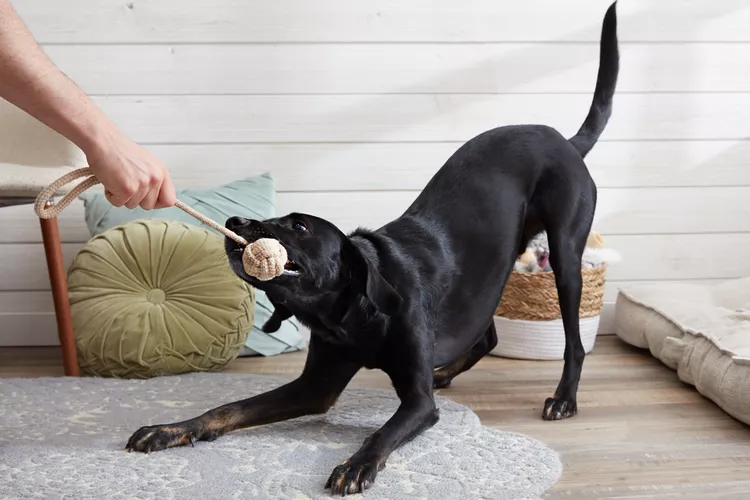
How to Play Tug of War With Your Dog
Many dogs love to play tug of war, and it's a healthy game that provides great exercise. Learn the best way to safely play tug of war with your dog.